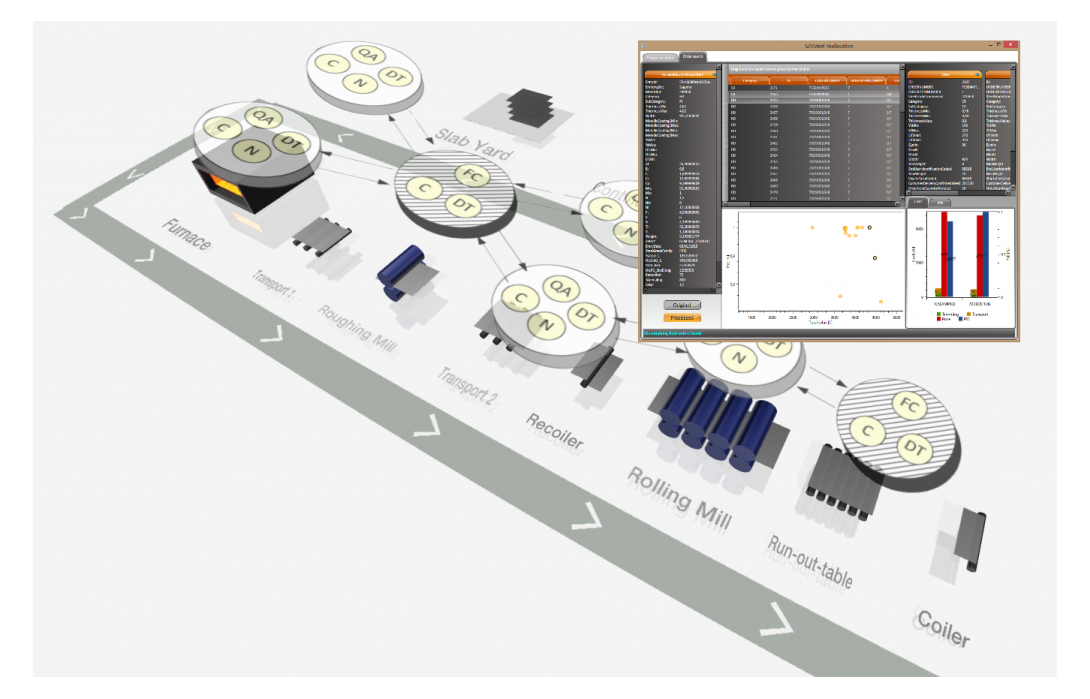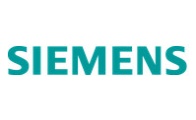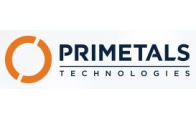I2MSteel – Software agents for a new automation paradigm

I2MSteel – Development of a new information and automation paradigm for intelligent and integrated manufacturing in the process industry based on holonic agents
Increasing demands on product quality, reduction of production costs, optimization of life cycle assessment and the necessary increase in plant utilization present new challenges for the process industry, in particular the steel industry. Today’s automation and IT systems are usually very inflexible and, due to the historical development, have a very high complexity. This means that necessary changes and optimizations on the systems are only to be carried out with great effort. The resulting high costs often make the changes unprofitable.
In order to respond quickly to market requirements, a flexible infrastructure is required. It must be able to implement the required changes in the production process with minimum costs and time.
The BFI was involved in the development of a new information and automation paradigm within the framework of the I2MSteel project. The goal was to create an infrastructure to optimize efficiently distributed systems. To ensure this, the components of the existing systems must be utilized as well as possible and the integration of new concepts simplified.
This is made possible by the use of agent technology in combination with ontologies and service-oriented architecture. The agents are software modules that assume specified tasks and proactively seek a solution to the task by negotiating with other agents. The knowledge about processes, equipment and data is represented by means of language-formalized representations, so-called ontologies. The interfaces to the existing systems are realized via services.
Diese Technologien ermöglichen die Lösung verschiedener industrieller Problemstellungen, die sich durch eine hohe Verteilung der IT-Systeme ergeben. Im konkreten Anwendungsfall wird das realisierte System genutzt um mittels verteilter Optimierung eine Umplanung des Produktionsablaufs auch über Werksgrenzen hinweg durchzuführen.
Weitere Informationen:







